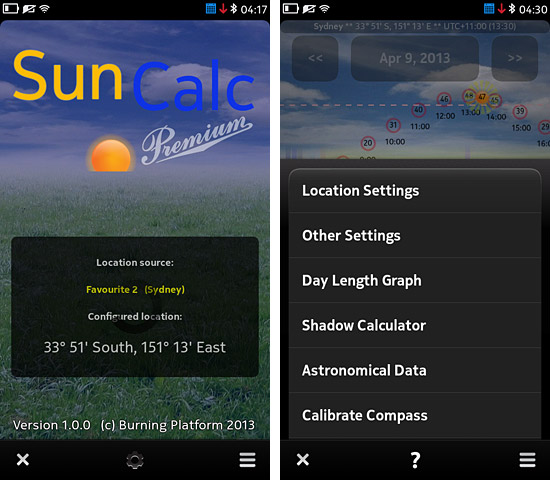Unlike in other clients, you don't have to switch back and forth between the map and the street view if you want to change location, no need to drag and drop the Pegman, either.
This application provides both the map and the street view on one screen. Simply enter an address to find the desired location and show it on a map, then just tap on a street/place you want to see and... that's it - a marker will be shown on the map and street view will be displayed.
The map and street view are integrated with each other - you can switch to a
different street anytime just by tapping on different area on the map and street
view will change instantly. As you move on the street view, the marker moves on
the map, too, always showing you the current, exact location. At the bottom of
the screen, on the task bar, you can always see current location's coordinates
(latitude and longitude) and current heading (direction you're facing on the
street view). The map and street view can be zoomed in/out, panned and rotated
independently. You can switch the map between street and satellite view.
Obviously, this application can show the street view only for locations which street view imagery exists for. If you tap on a street or place where street view panorama is not available from Google, the marker will not be shown and a short vibration feedback will be generated to let you know that this location isn't Street View enabled.
EasyStreetView uses Google's Geocoding service to translate addresses into map locations, and Google Maps / StreetView APIs to show the map and street view. It requires Interent connection. The program supports both portrait and landscape orientation.
Reviews: AllAboutSymbian
MeeGo Harmattan (Nokia N9 / N950) version: http://store.ovi.com/content/386876
Symbian Anna & Belle version: http://store.ovi.com/content/388042
BlackBerry BB10 version: http://appworld.blackberry.com/webstore/content/36957888/






























